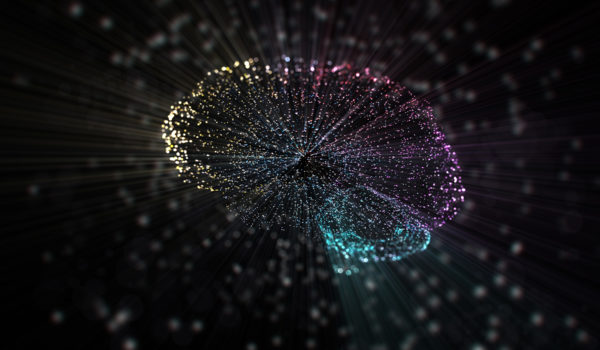Australia is an outlier on the question of whether an artificial intelligence system (AI) can be named as an inventor on a patent application. In Thaler v. Commissioner of Patents, the Federal Court of Australia found that an AI could be an inventor. Thaler explained that, under Australian law, “if only an artificial intelligence system could be said to have created the output, but you only permit of human inventors, you may not have an inventor. Hence one may not be able to patent the invention.” Id. at ¶ 132. This result differs from other jurisdictions which have addressed the question, with the U.K. High Court, and U.S. Federal Court for the Eastern District of Virginia finding against it in, respectively, Thaler v. The Comptroller General of Patents, Designs and Trade Marks and Thaler v. Hirschfeld. The U.K. High Court indicated that, in cases involving putative AI inventorship, “the argument that the owner/controller of an artificially intelligent machine is the ‘actual deviser of the invention [was not] an improper one.” Thaler v. Comptroller General at ¶ 52. This is consistent with a report issued in October of 2020 by the USPTO which found that, even where an AI was involved in the invention process, activities such as choosing data to provide to the AI, developing the algorithm for the AI, or designing the architecture for the AI could still qualify a human as an inventor.
While Australia’s recognition of AI inventorship allowed that jurisdiction’s high court to avoid the undesirable result of excluding certain inventions from the patent system, it may have inadvertently created a minefield for applicants seeking to protect an invention both in Australia and elsewhere. For example, under 35 U.S.C. § 119(a), for a U.S. application to claim priority to a prior foreign application, both applications must be filed by the same applicant. As explained in MPEP 213.02(II)
Consistent with longstanding Office policy, this is interpreted to mean that the U.S. and foreign applications must name the same inventor or have at least one joint inventor in common. For example, a right of priority does not exist in the case of an application of sole inventor A in the foreign country and sole inventor B in the United States, even though the two applications may be owned by the same party.
Thus, in a case (such as that which faced the court in Thaler v. Commissioner of Patents) where the sole entity alleged to be an inventor is an artificial intelligence system, such effectively nullifies the right to claim priority from an Australian application.
Outside the U.S. context, priority claims to applications naming AI as an inventor/applicant might initially raise eyebrows, given the now well-known pitfall in the EPO involving the “all applicants” rule and the incorrect naming of an applicant in later-filed applications. That is, Article 87(1) EPC requires that all applicants for the priority application, or their successors in title, are applicants for the subsequent application, suggesting a need to review how an AI inventor who is further named as an applicant on a priority application should be considered. At present, this does not appear to be a concern, however. In the Grounds for Decision in which the sibling EP application filed by Thaler was rejected on the basis that AI could not be named as an inventor, the decision cited the requirement that an inventor must be a natural person, very clearly stating that “AI systems or machine have at present no rights because they have no legal personality comparable to natural or legal persons.” (Emphasis supplied.) Thus, because the “EPC does not provide for non-persons, i.e., neither natural nor legal persons, as an applicant, inventor or in any other role in the patent grant proceedings”, it is unlikely, at present, that the “all applicants” rule would be invoked at the EPO with respect to AI applicants. That said, as always, developing caselaw should be monitored to ensure the naming of an AI as an inventor or applicant does not jeopardize later-filed applications.
AI inventorship is an emerging area of law, and as technology continues to advance more situations such as that addressed in the Thaler cases will arise. Ultimately, addressing the challenges posed by these situations may require changes in national patent laws to establish procedures to prevent differences between jurisdictions from precluding protection. In the meantime, applicants who seek protection across jurisdictions with the inconsistent treatment of AI inventors should be aware of the pitfalls in this area and take active steps to ensure that they are not caught up.
For further information, please contact William Morriss, Nicole Tepe, or any other member of Frost Brown Todd’s Intellectual Property practice group.

